Africa has for a long time suffered from political turmoil, drought, and famine. Climate change badly affects Africa, as it causes weather patterns that are different from what we are used to.
These weather patterns influence food security, which is made worse by ongoing malnutrition, because food that is presently consumed does not contain enough nutritional value. It also causes obesity, which is often a sign of malnutrition as too much of the wrong kind of food is eaten.
According to Jurie van der Walt, who has been studying plants that were used by our ancestors, these ancient plants provide the solution to both malnutrition and obesity.
“There are numerous neglected and underutilised plant species (NUS) in Africa that are simply not enjoying enough attention despite their valuable nutritional value.”
Jurie believes if these plants are grown along with other vegetables in food gardens and on small-scale farms, they can add the necessary nutrients to the diet of people in Africa at an affordable price.
Neglected and underutilised species

A woman harvests the leaves of an ironweed plant.
Species that have the potential for use, but which is not grown for whatever reason, are referred to as Neglected and Underutilised Species (NUS).
Today, we depend on only twelve plant crops and five animal species to provide 75%, or three-quarters, of the world’s food. Wheat, maize, and rice supply half the daily calories (energy) of all the people on earth. As the world’s population grows, it is important to start adding more foods to this menu for the sake of food security. At the same time, it will add nutrition to foods that will help mothers bear healthy babies, growing children to develop strong bodies and healthy minds, and to fight obesity, which often leads to deadly diseases such as diabetes and heart diseases.
Orphan crops
There are several reasons why these NUS plants are not being used and neglected as a source of food. According to Jurie, they are not well known, there is little capacity to process and market them, and they do not get much attention from researchers.
They are probably not well known, because the knowledge used to be passed on from mother to daughter. They are not very suitable for processing and marketing, because they don’t all look similar, as you will find in a monoculture crop where the plants are identical. In addition, they don’t have monetary value as a commercial crop, and agricultural companies that provide funding for research are not really interested.

Jurie points out that many of the species that are being ignored, have much nutritional, ecological and cultural value. That is because people not only regarded them as good food, but also as part of their food culture and rituals. He believes this link between the cultural values and plant resources is important to remind people of the value of their biological and cultural assets.
Some of the plants, that he calls ‘orphan crops’, include finger millet grain (A), amaranth (B), grass pea (C), water yam (D), African eggplant (E), and bread-fruit (F). Although these plants originated elsewhere, they have become part of the African diet.
Lost crops of Africa
According to the National Academy of Sciences in America, there are more than 2 000 native grains, roots, fruits, and leafy food plants that people have eaten for thousands of years, but which are being neglected today. These plants are called the ‘lost crops of Africa’, and among them there are more than 100 native grasses whose seeds can be eaten.

The fruit of the African eggplant is eaten boiled, steamed, pickled, or in stews with other vegetables or meat.
The few plants that have been researched proved that these ancient plants have an important role to play in enhancing food and nutrition security. Researchers believe the plants can improve variety in diets that is necessary to provide the nutrients that are missing from modern crops. By placing these plants back on the menu of African families, malnutrition can be fought.
Early trade routes
But why did people stop growing these plants? Early trade across the Indian Ocean between Asia and the East African coast started around 800 AD. This continued until about the mid-1500s and brought new plants, such as bananas, sugarcane, and rice to Africa.
From the fifteenth century, European explorers and slave traders, and later also American explorers, sailed along the West African coast, bringing food crops such as common beans, pumpkins, peanuts (also called groundnuts), maize (called corn by the Americans), tomatoes, sweet and chili peppers, and sweet potatoes. African populations loved these new foods, which soon found a way into their gardens and onto their menus.
European settlers started arriving in the 19th century, and they too brought new products, such as coffee, cacao, and tea. For them, these crops were more valuable and profitable. There was a growing and ongoing demand for these products in Europe, and because the dry products are non-perishable, they are easy to export.
Ever since these foreigners started arriving in Africa, a little more than twenty food species have been grown, and not all of them were originally from Africa.
If indigenous plants can be grown on a large scale, and if their nutritional value can be documented and understood, they can play an important role in the food security of the nations on the continent. Some of these important native plants include cassava, amaranth, yam, and okra.
Cassava
Cassava, a staple crop that is eaten almost daily in many African countries, formed part of the traditional African food basket.
Although cassava is said to contain a tiny quantity of cyanide in the leaves and tubers, which the plant uses to fight pests, it is completely safe for humans to eat.
In the Democratic Republic of Congo, it is the main ingredient in a dish known as saka-saka, which consists of boiled cassava leaves, peanut butter, palm oil and smoked fish. In Malawi, a dish known as kondowde is made with ground cassava.
Amaranth
Amaranth, (known in South Africa as marog) is a nutritious vegetable that grows wild during rainy seasons. In some countries it is regarded as a weed and pulled out. Labelling it as a weed, makes one think it is an undesirable plant.
- The cassava seeds can be harvested for resowing.
- Amaranth (marog) is one of the best-known and most widely used indigenous plants in Africa.
Yam
Yam and okra remain two of the most popular traditional food plants in Africa, but they also had to make way for cash crops like beans, maize, and coffee.
Yams are still being planted in Nigeria, Ghana, Togo, Benin, Cameroon, and the Ivory Coast. These West African countries produce about ninety percent of all yams worldwide, and it is second only to cassava in providing starch on the continent. Yam tubers can be stored for up to six months without refrigeration, which makes it a popular staple food.
Okra
The pods, seeds and leaves of okra are high in protein, vitamin A and B6, folic acid, calcium, iron, and other minerals. It is believed to have come from Ethiopia originally but was also cultivated in ancient Egypt by the 12th century.
Today, it is grown all over the world, where it is named ladies’ fingers or ochro, and bhindi in India. In some American states it is associated with gumbo.
Africa’s superfoods
If sub-Saharan Africa can develop and use these native plants well, it can help to eliminate hunger. There is an abundance of plants, including tubers, roots, leaves, stems, stalks, fruits, and others that were consumed in ancestral times.
There are plants suitable for every climate type in Southern Africa. However, not many of the plants are documented, as information was passed by word of mouth and not written down.
If these can be researched and documented, the “legend of African indigenous vegetables will contribute to and offer strategies for the African green revolution”, Jurie quotes Professor Abukutsa Mary Oyiela Onyango of the Department of Horticulture, Jomo Kenyatta University of Agriculture and Technology in Kenya.
- The African horned melon or cucumber is a traditional food plant indigenous to Southern and Central Africa.
- The horned melon fruit’s taste has been compared to a combination of cucumber and zucchini or a combination of banana, cucumber, and lemon.
Professor Abukutsa says Africans traditionally made use of edible leaves of species growing wild as weeds in Africa. They planted these plants in their gardens as intercrops with staples, and some of them were sold at local markets.
Some of these plants are still collected in the wild, especially in Southern Africa, and she believes they can be developed as cultivated crops. These plants include vegetable amaranths, (Amaranthus species), spider plant (Cleome gynandra), African vegetable nightshades (Solanum species), cowpeas (Vigna unguiculata), African eggplant (Solanum aethiopicum), African kale (Brassica carinata) and jute mallow (Corchorus olitorius).
In the next issue of ProAgri, we shall tell you more about the use of these plants and how they can be brought back to form an important part of the African diet.
Contact details:
Jurie van der Walt at jurievdw@mweb.co.za.

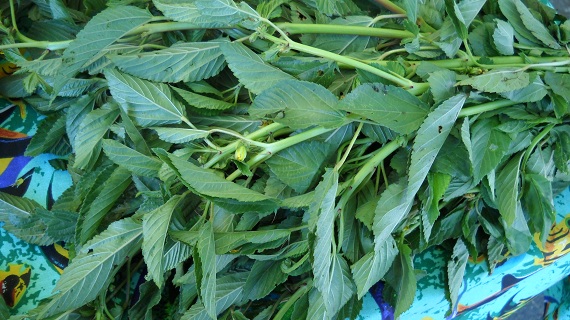
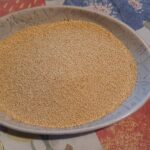
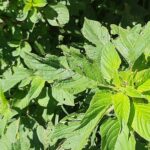

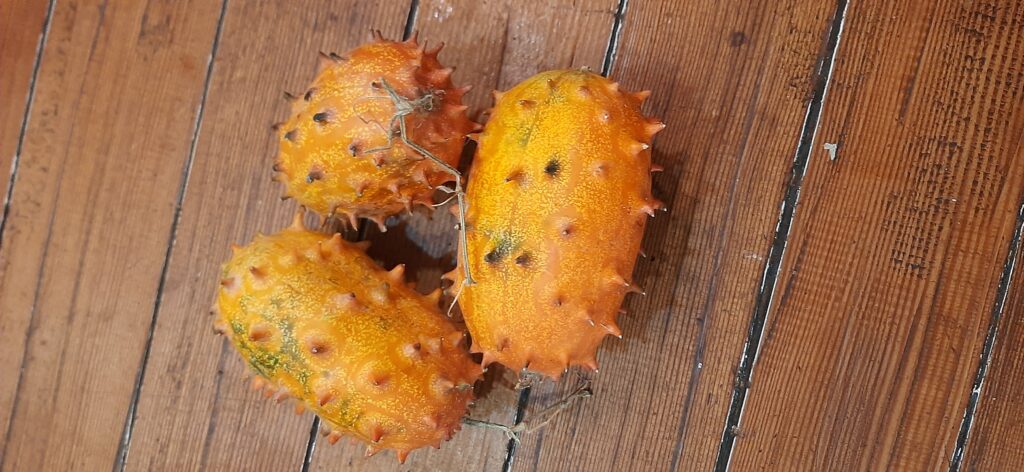

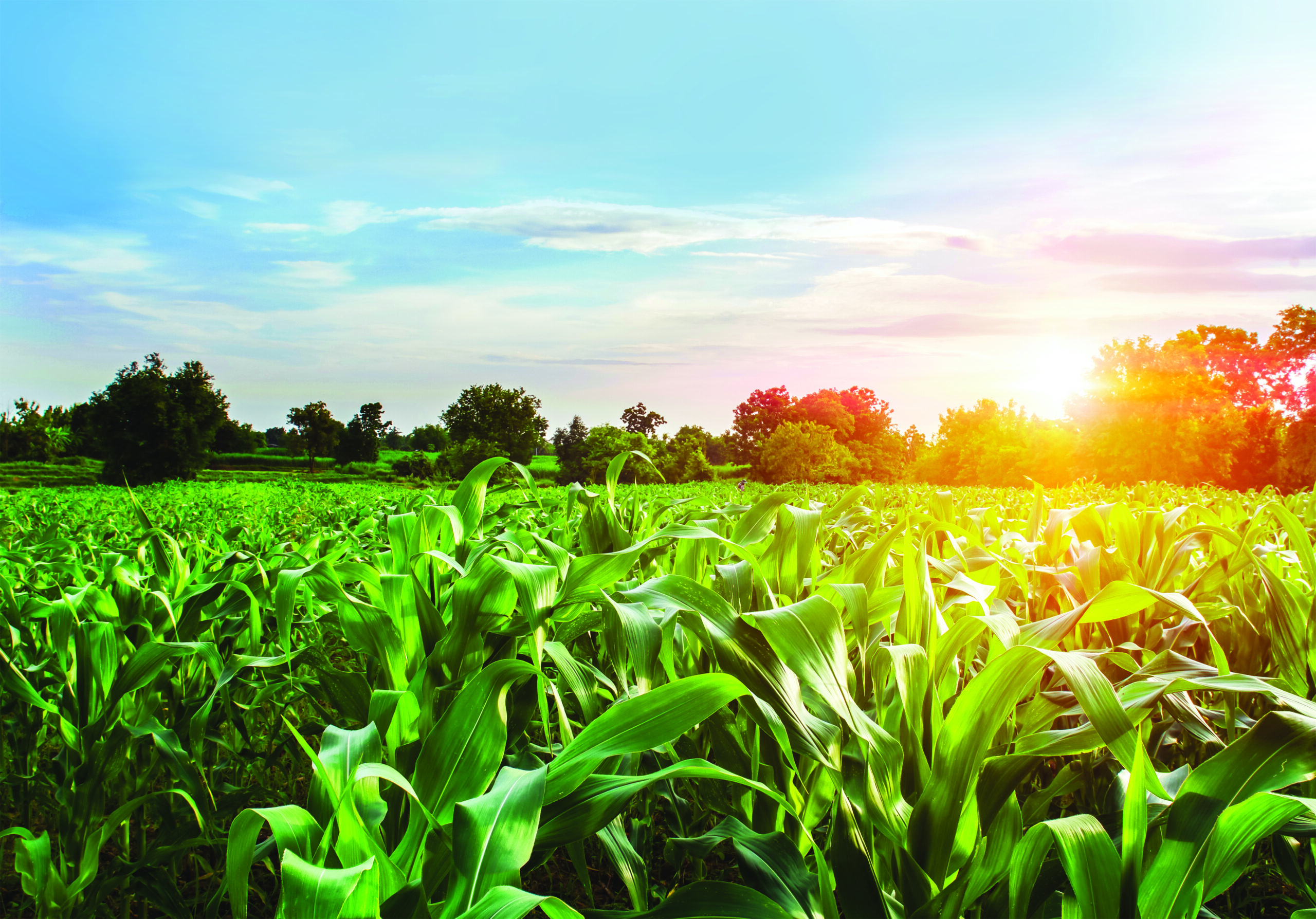


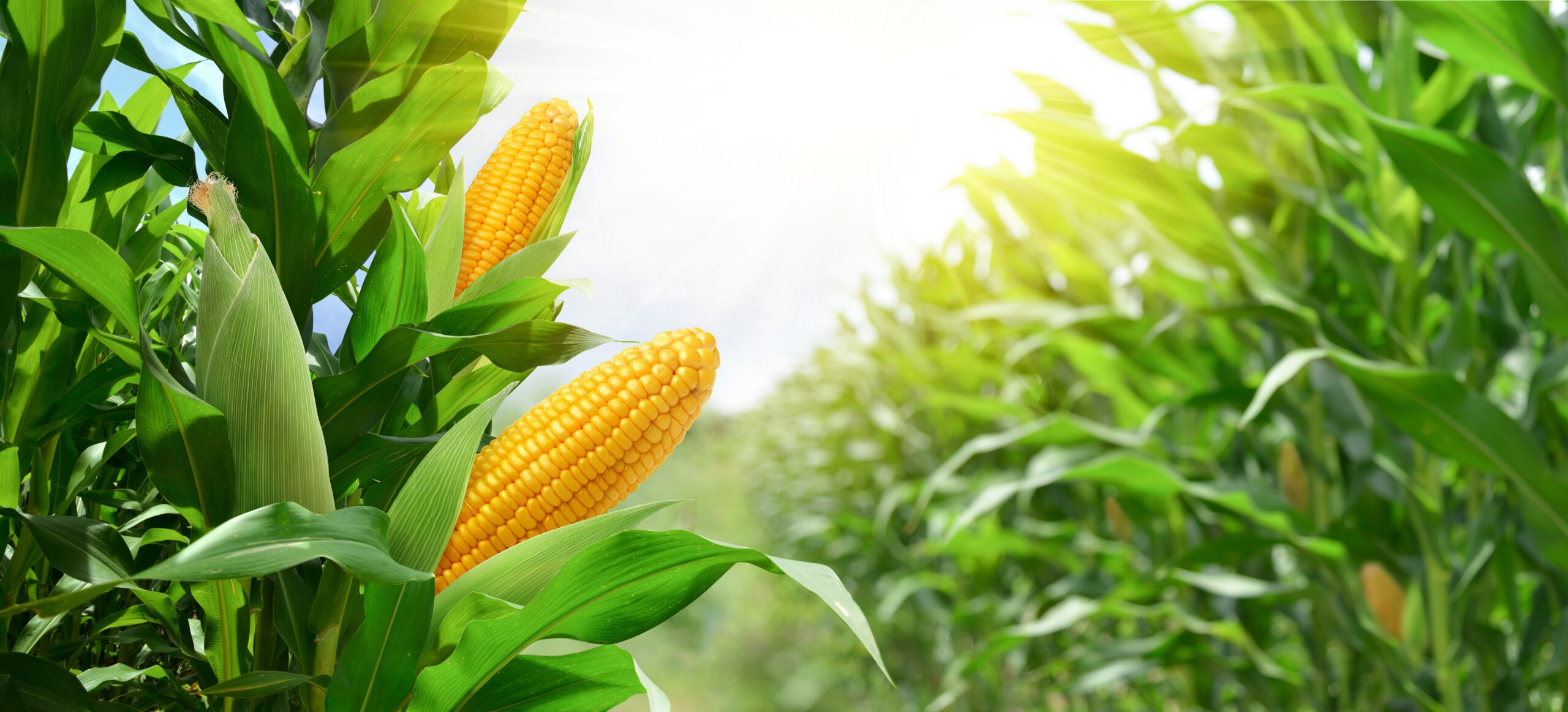



HelloJurie Ek stel belang in die gratis handboek wat bespreek was in derek se prgram Is dit moontlik om my asseblief ^n kopie te stuur
Hi Keith!
Ons het namens jou vir Jurie gevra. Hy sal vir jou ‘n kopie van die boek stuur via e-pos.
– Groete, Editorial
jurie please send me a copy foof your book